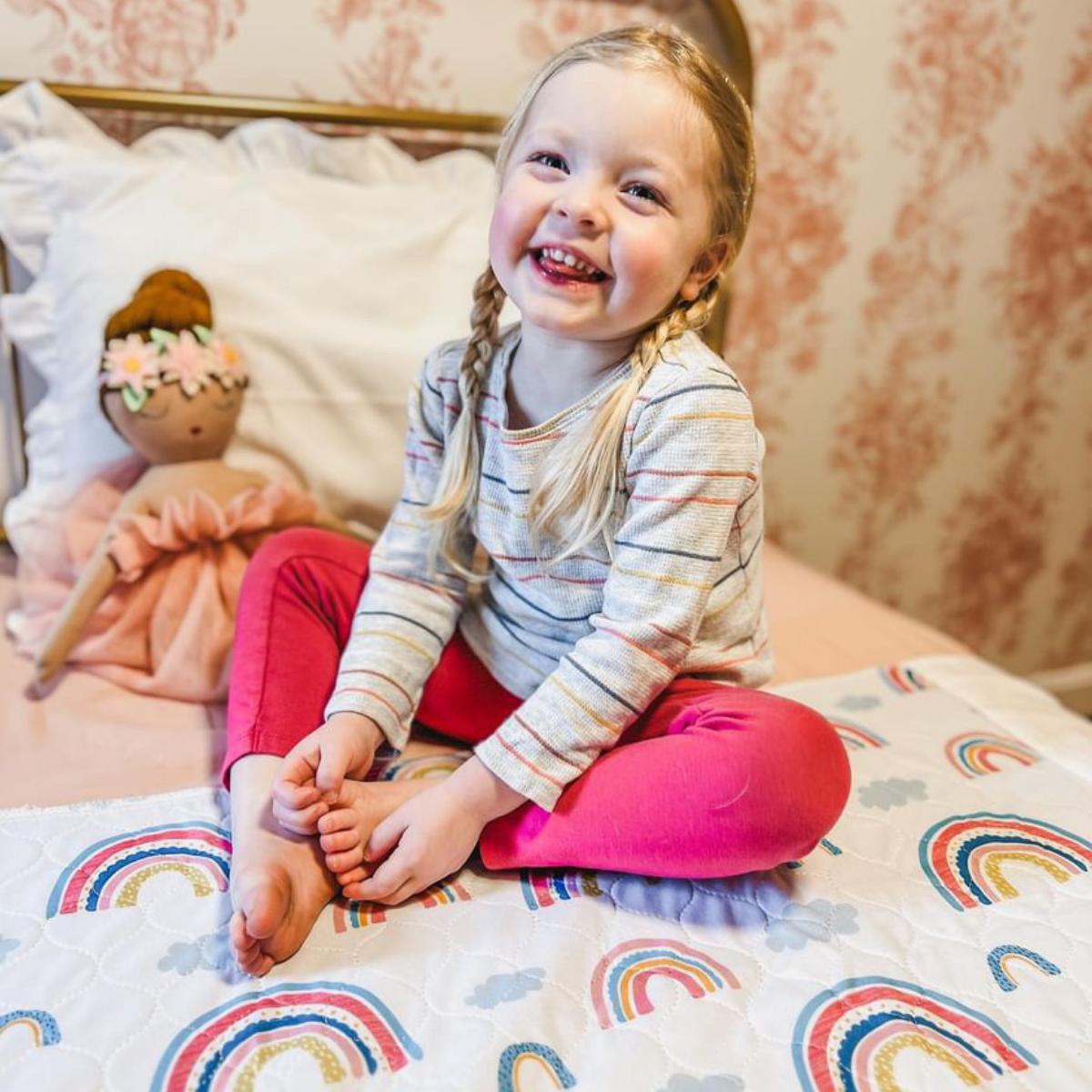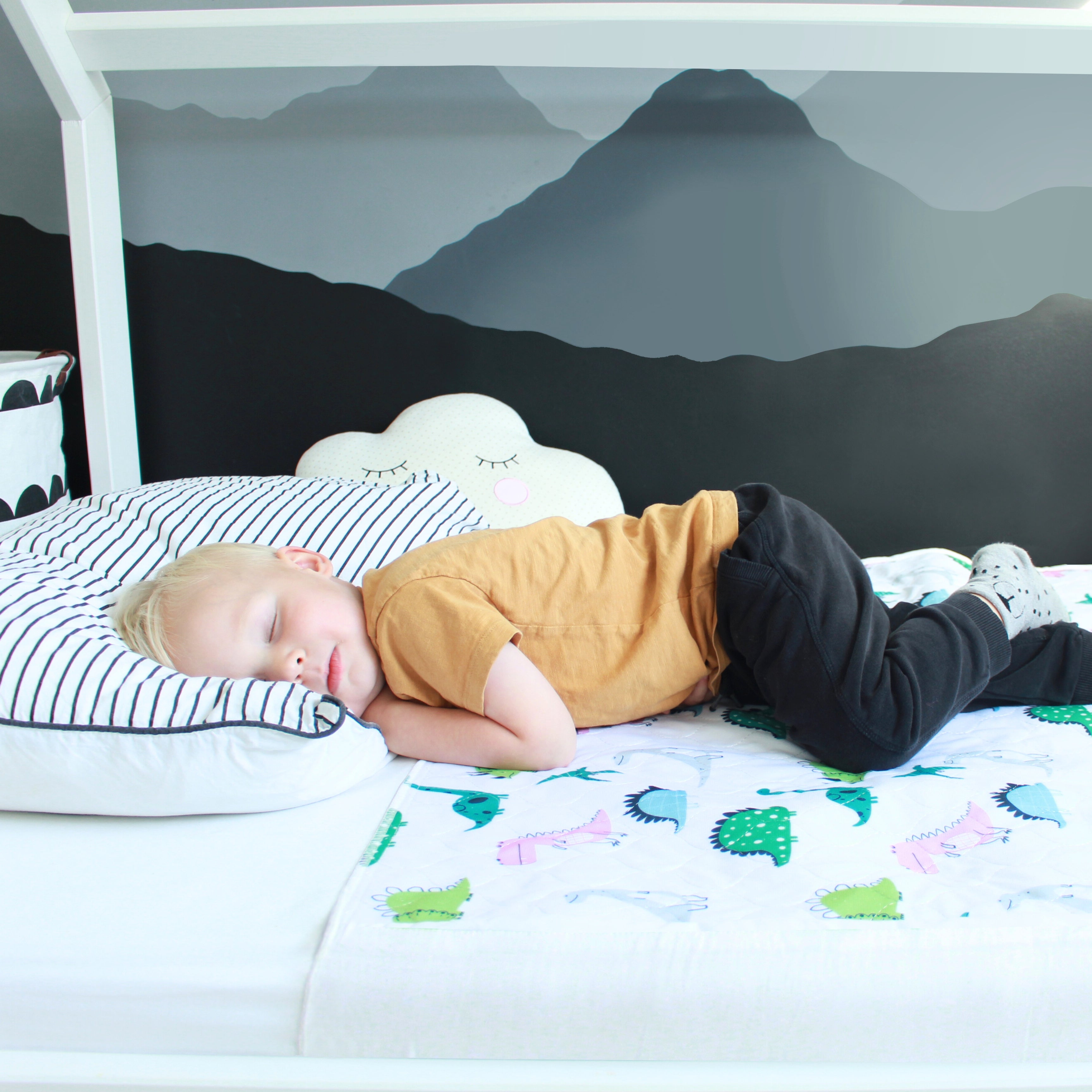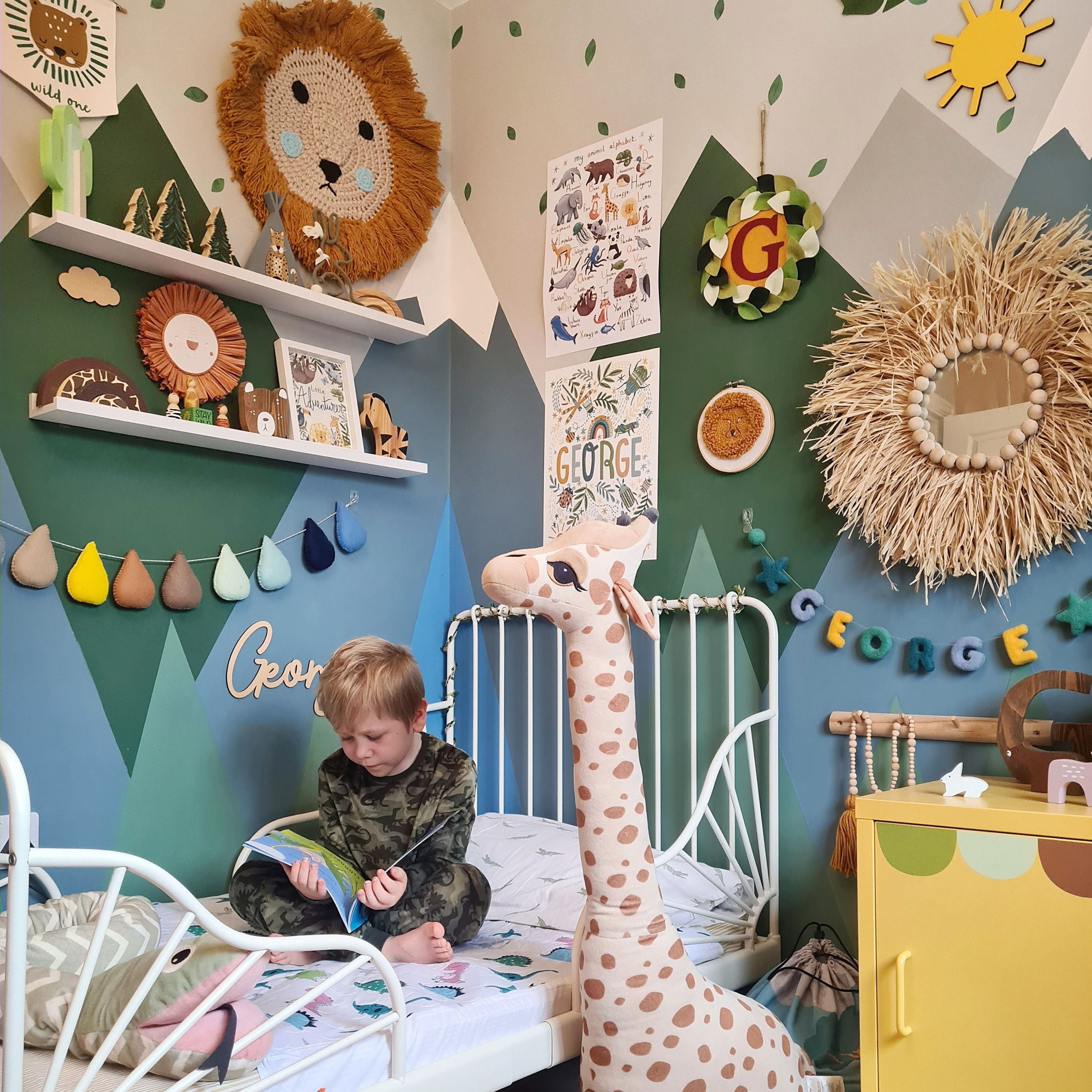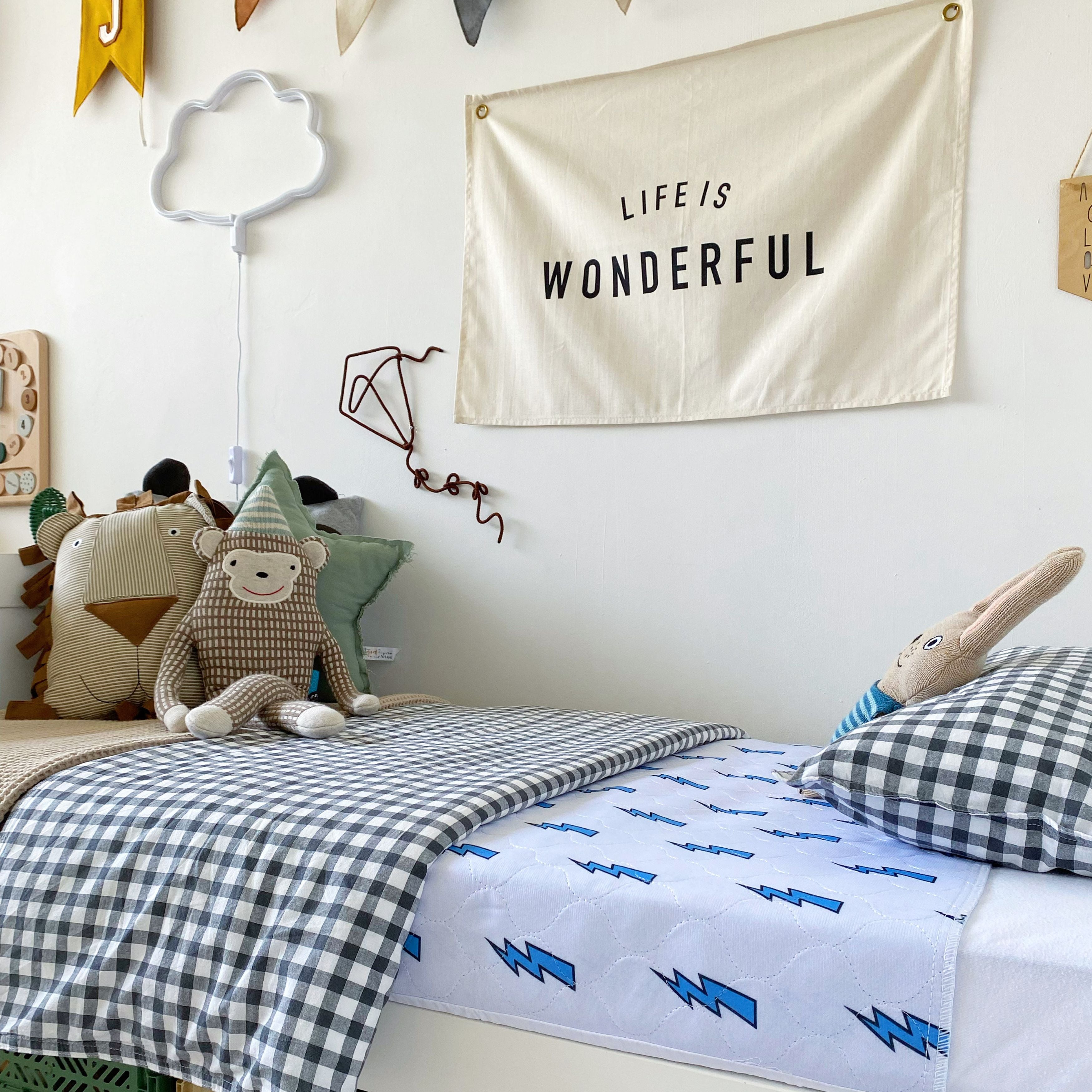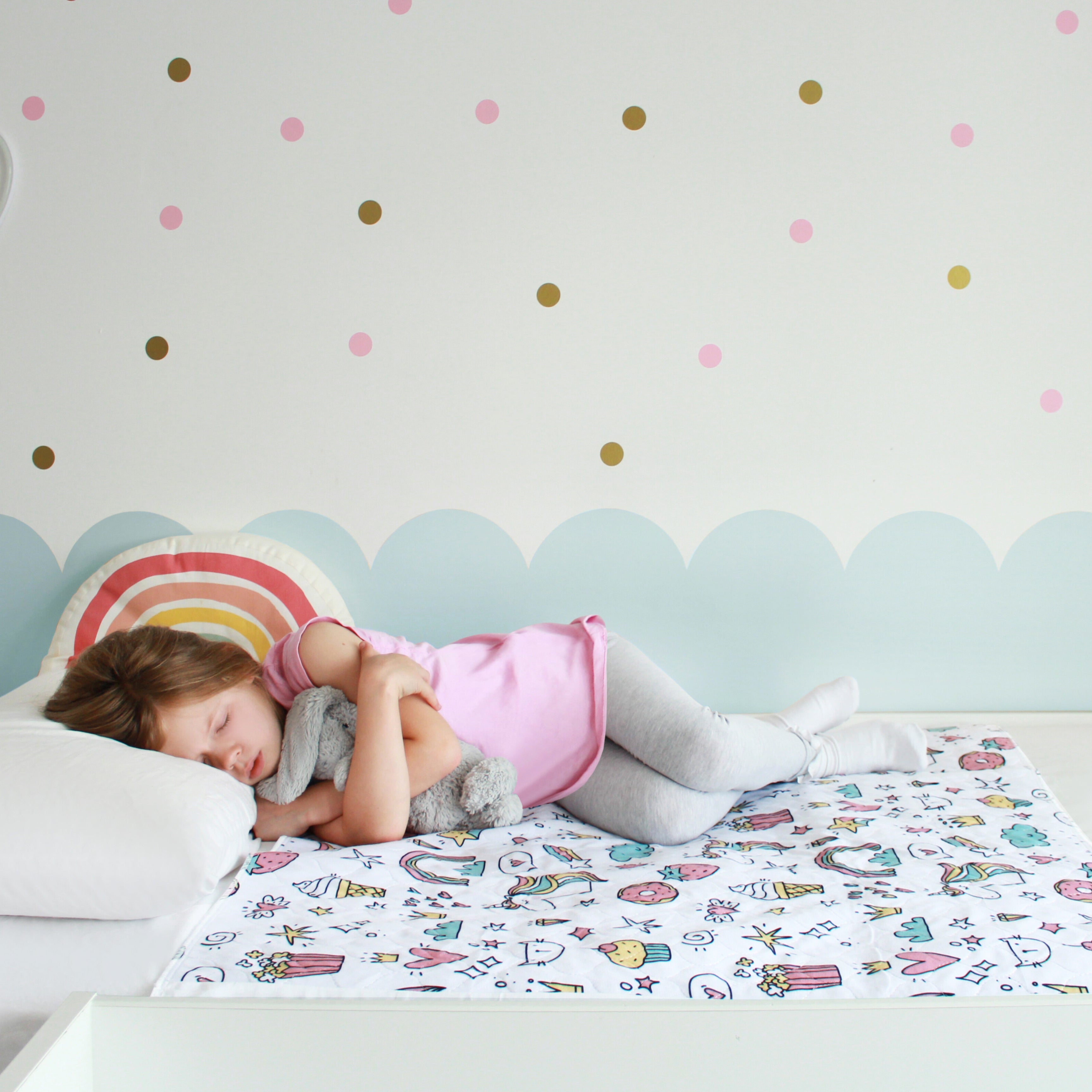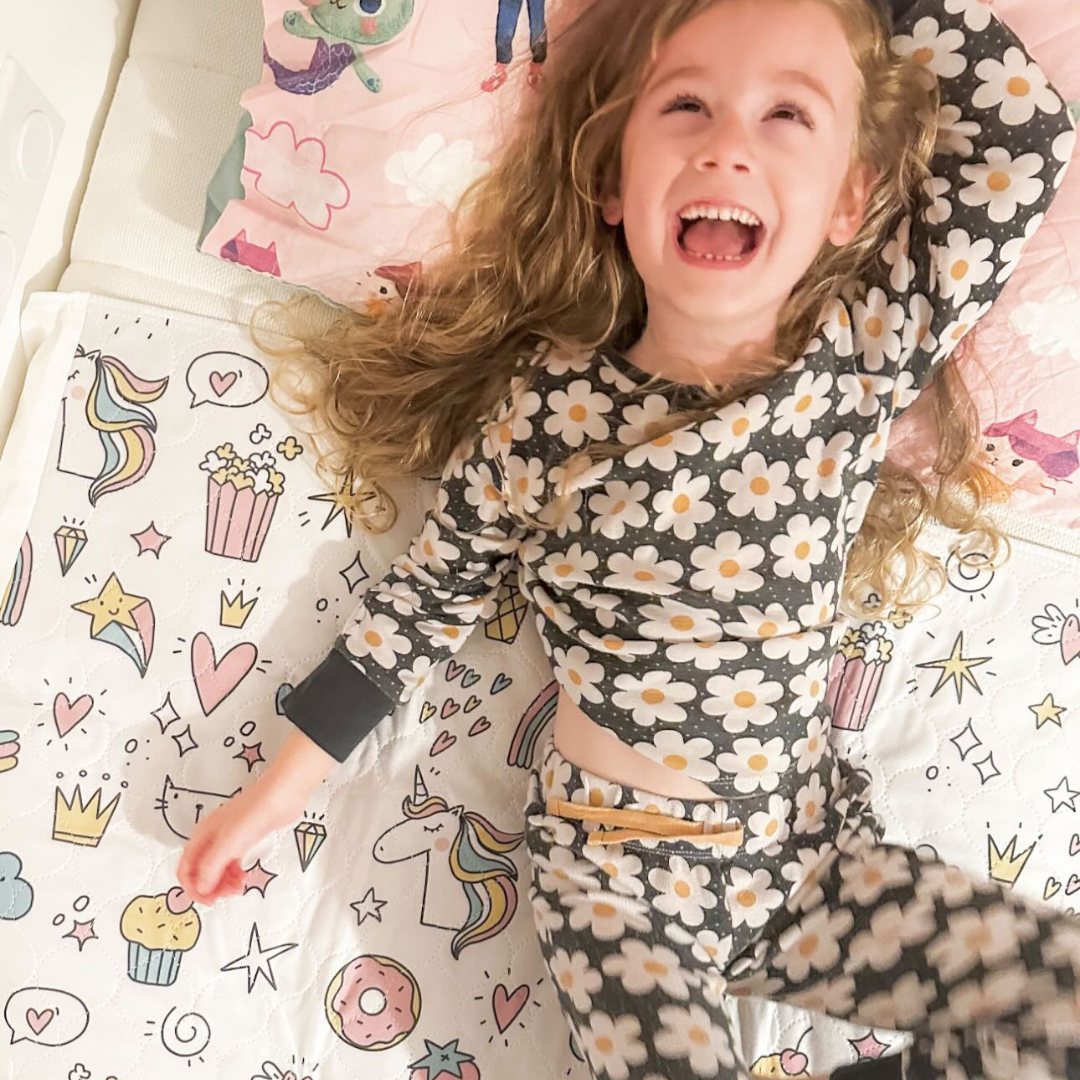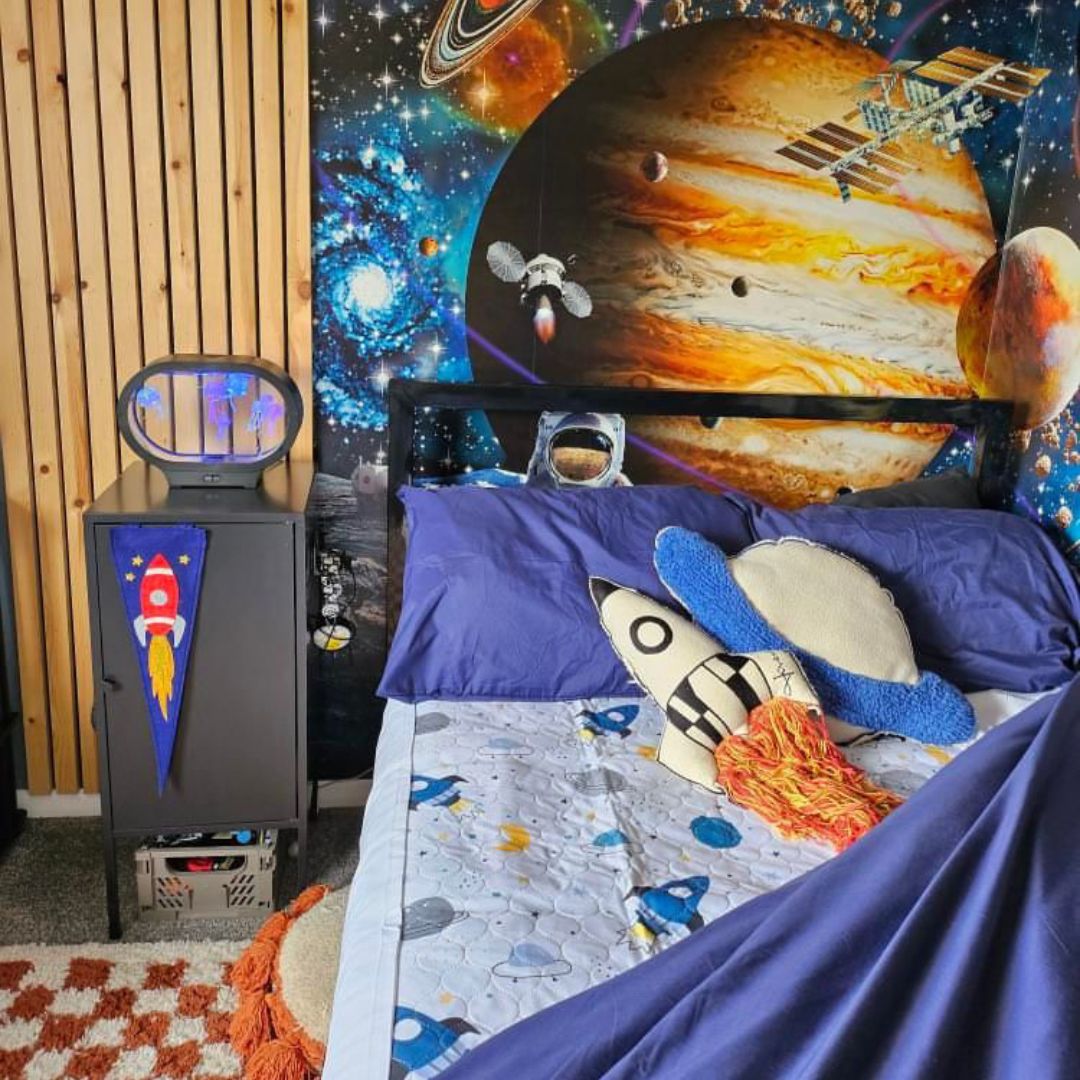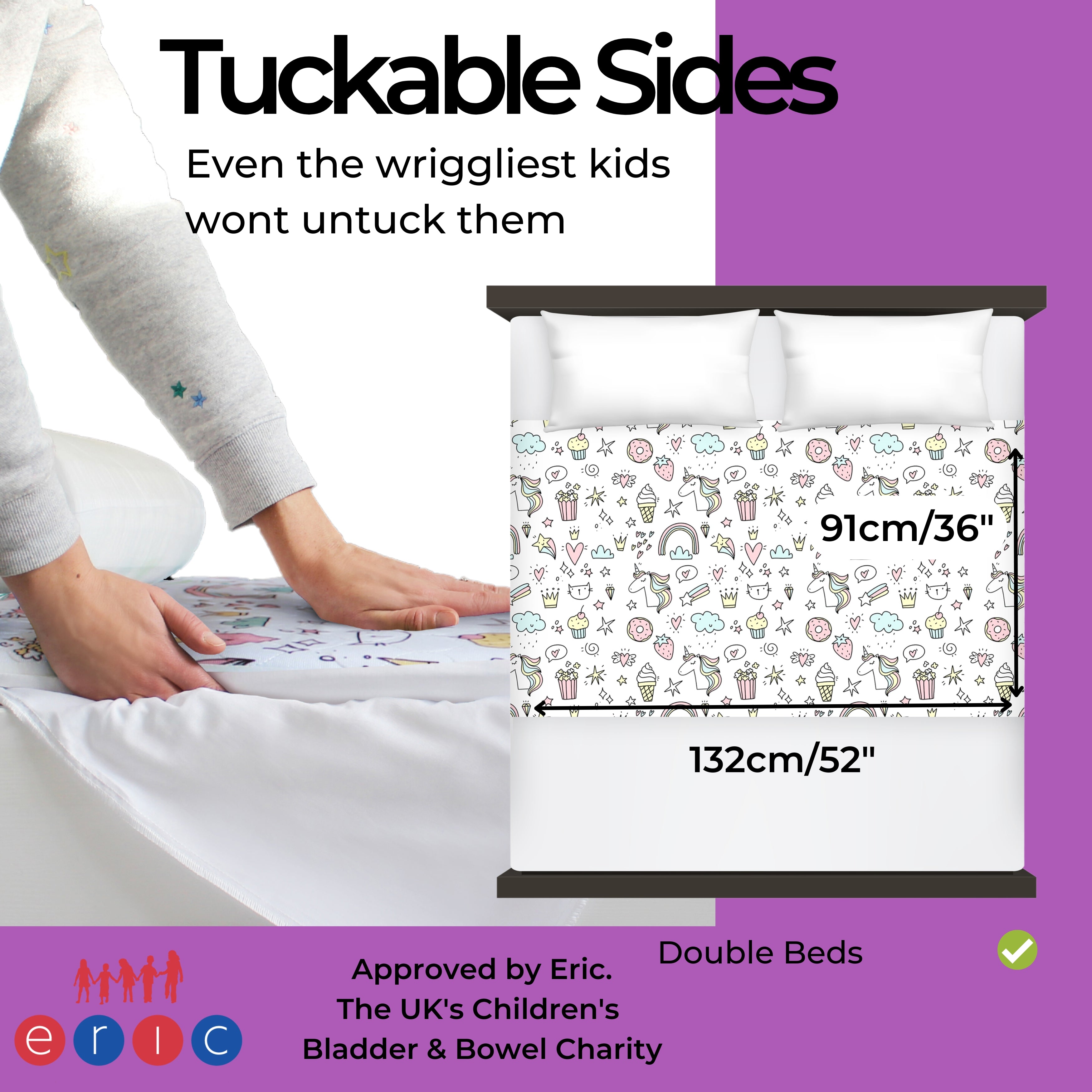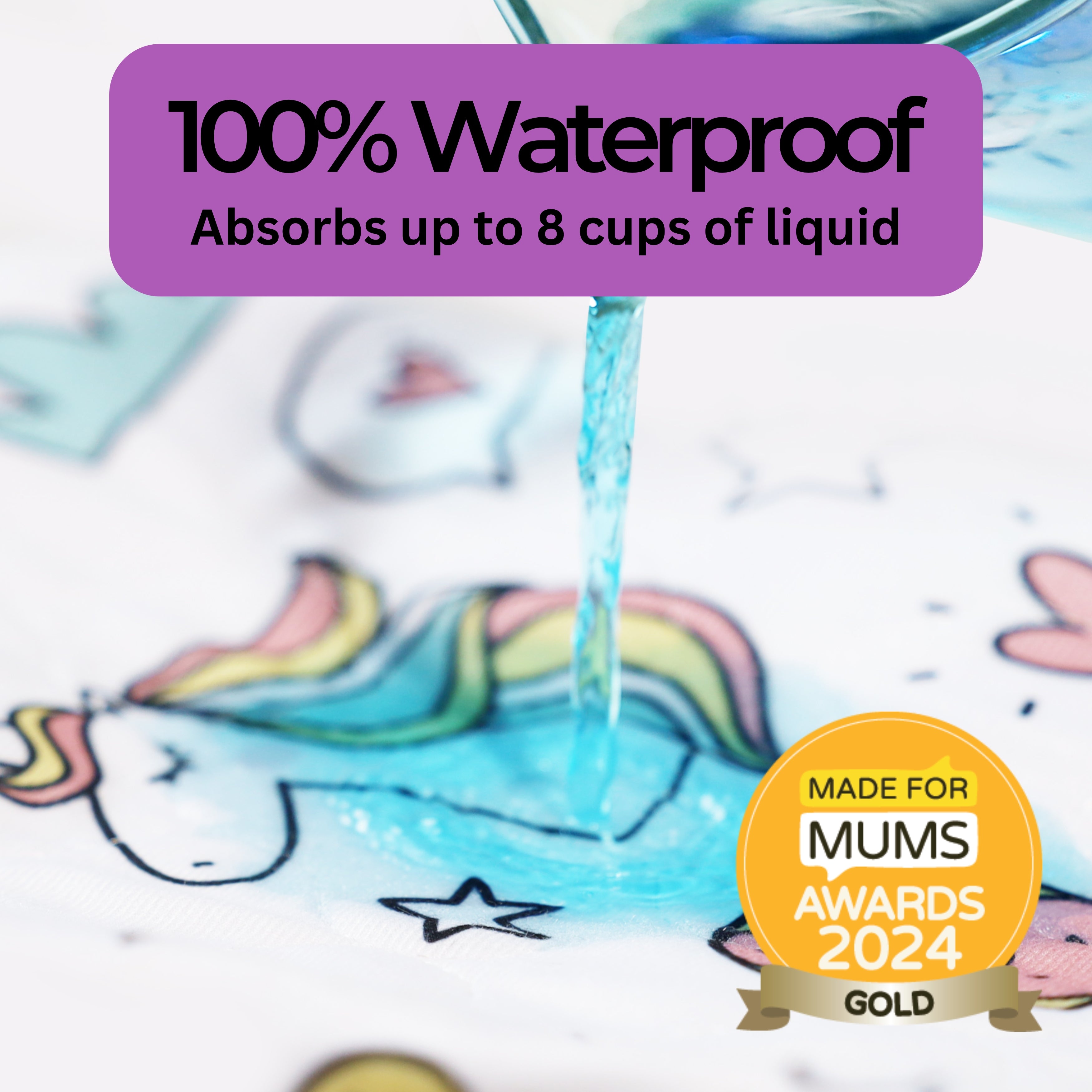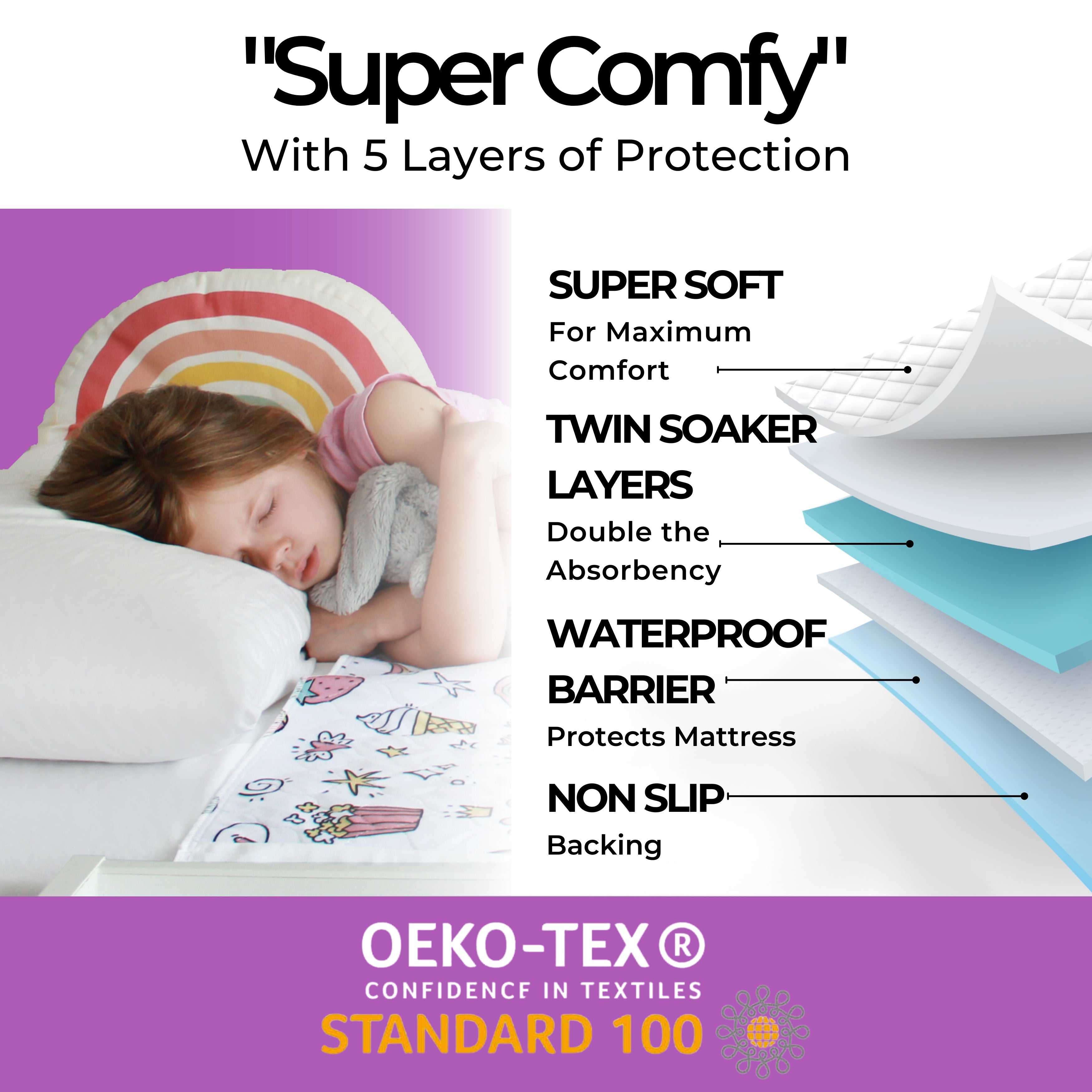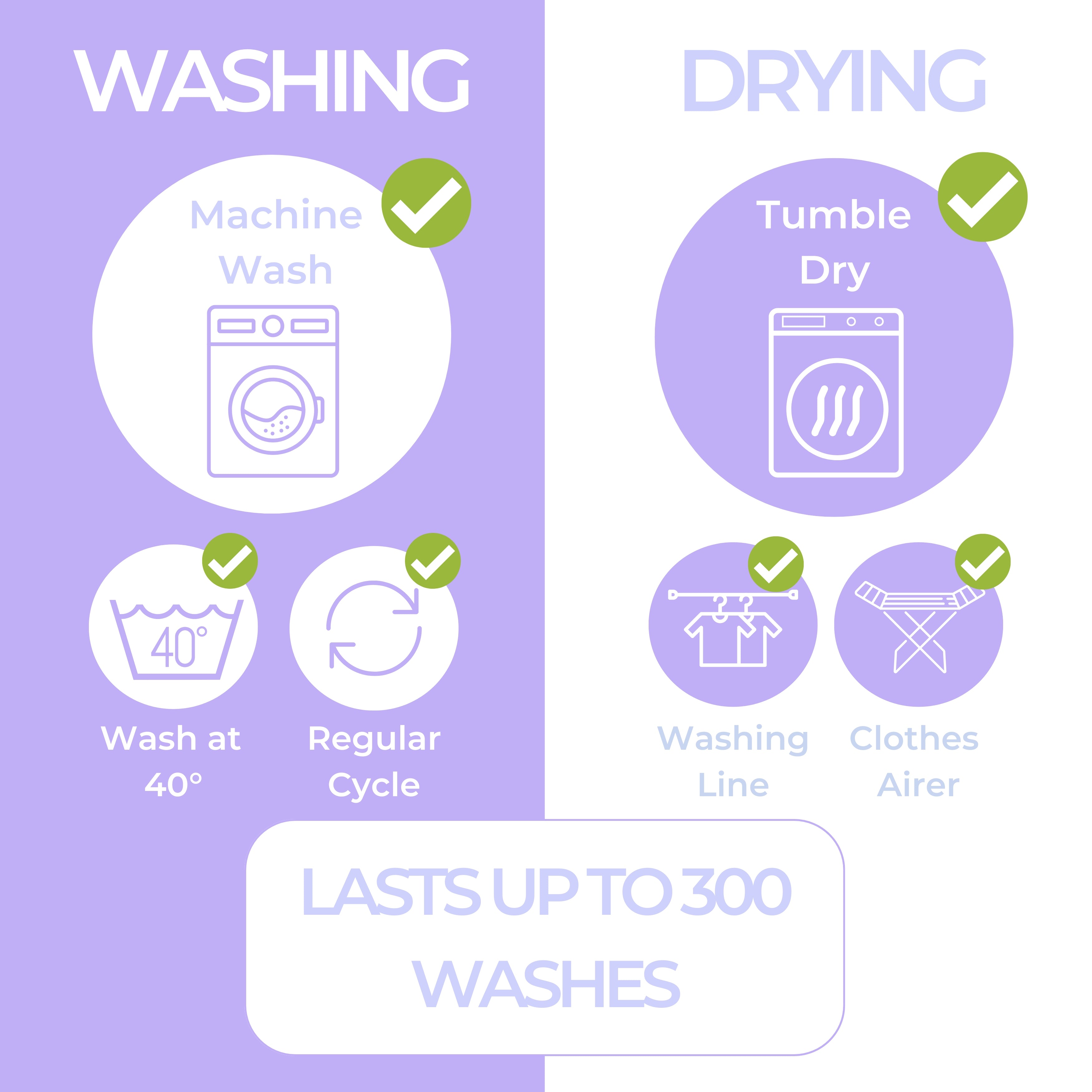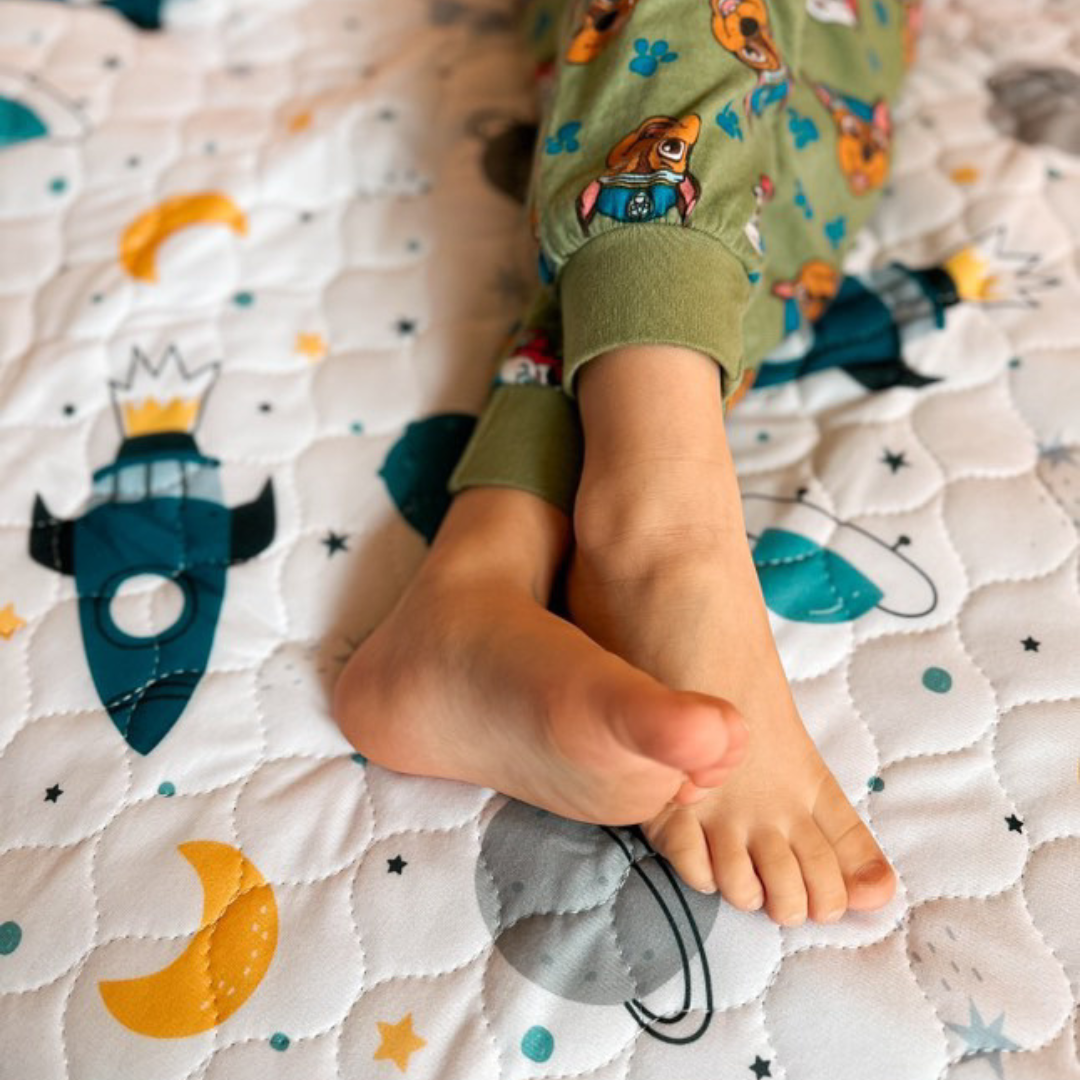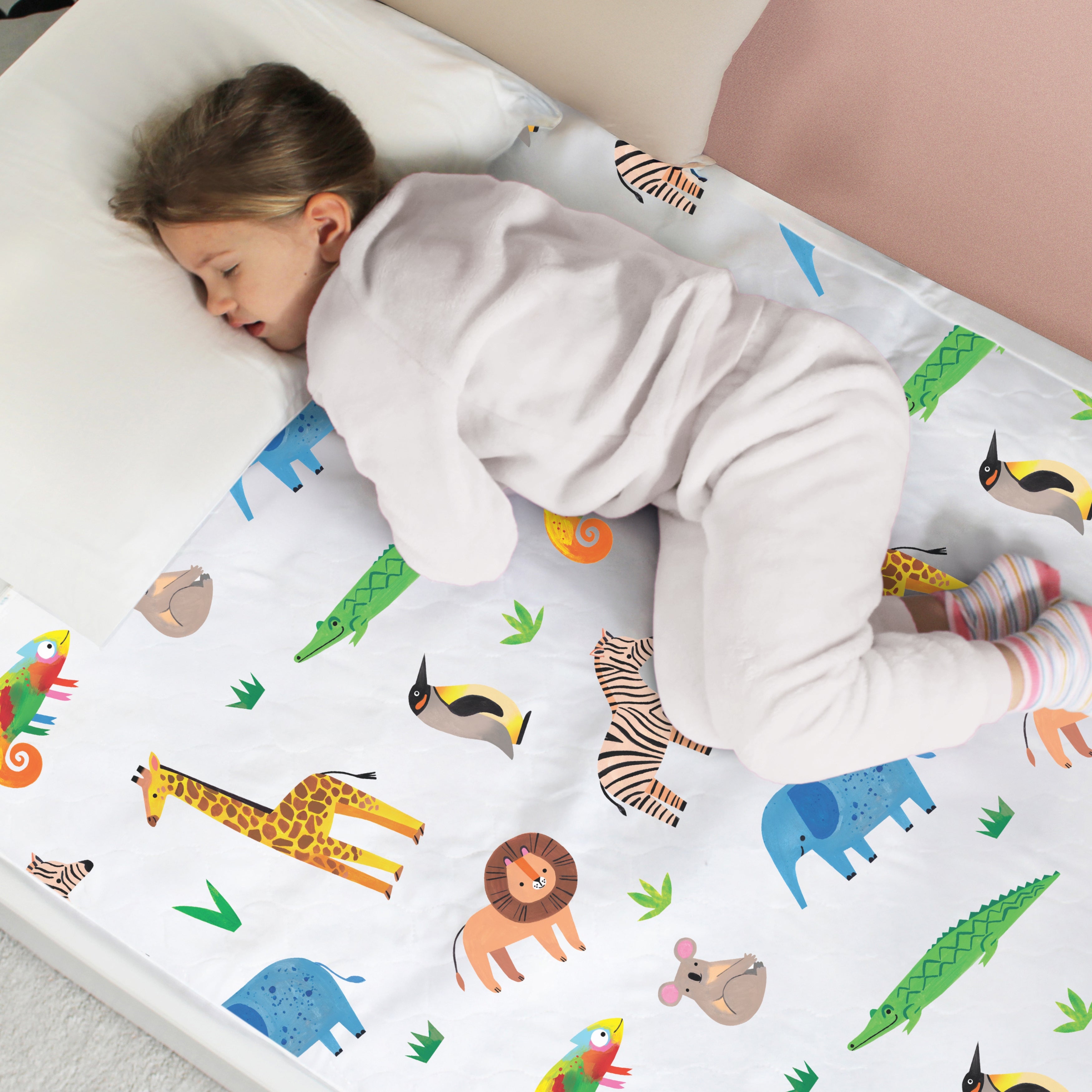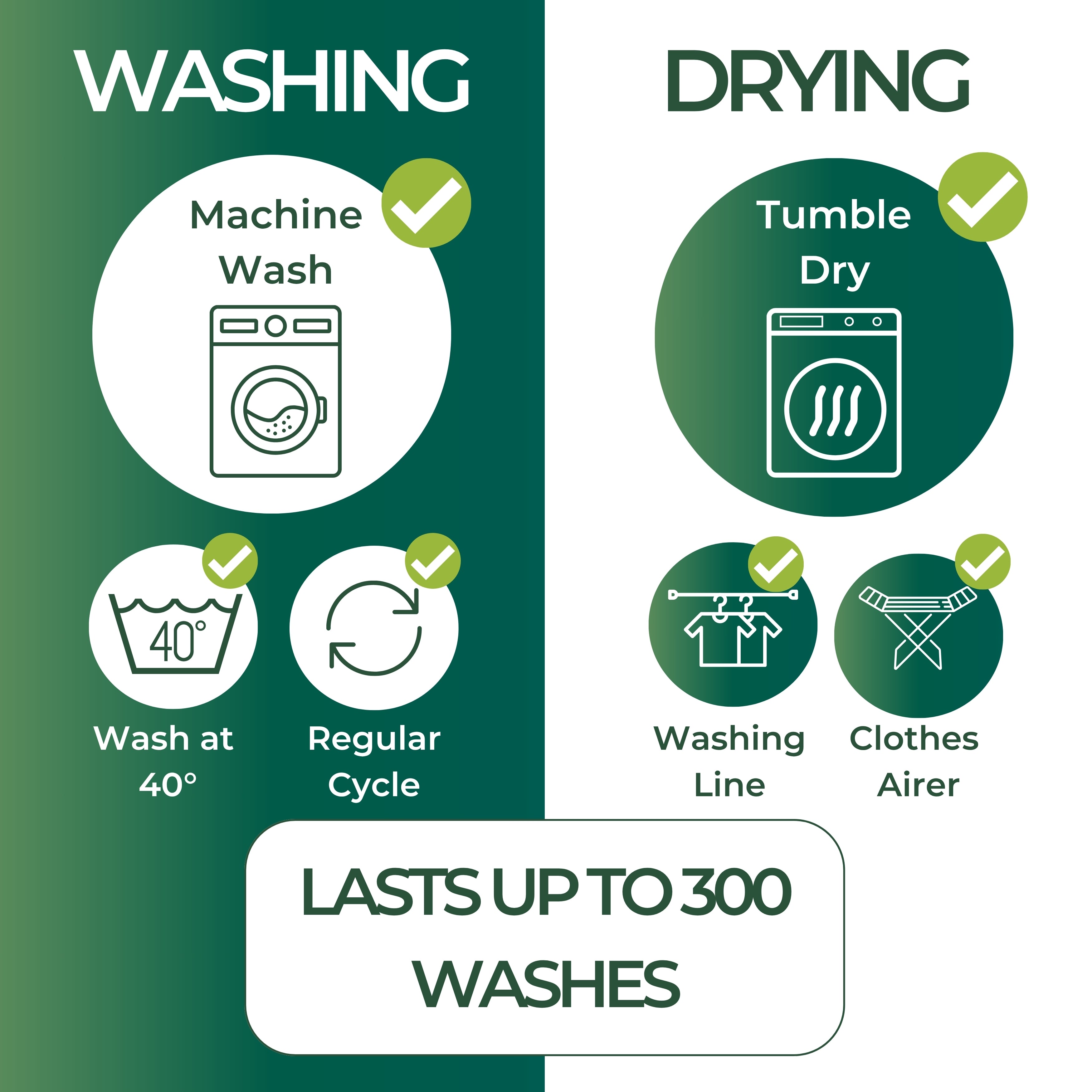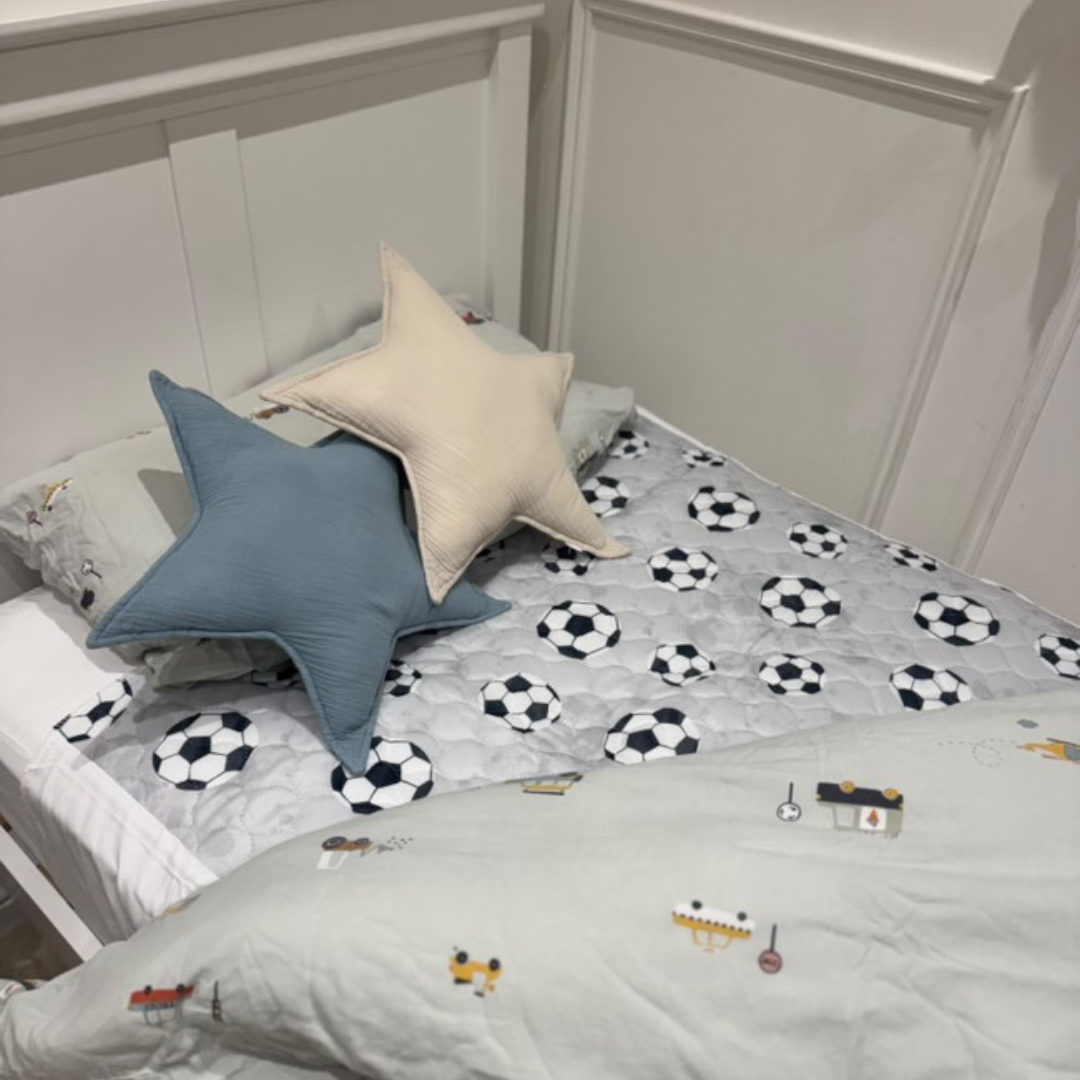Nighttime potty training marks a key phase in your child’s development. While it can be challenging at times, there’s no need to worry—setbacks are common, but support is available. This comprehensive guide covers effective strategies, optimal timing, and tailored approaches to help your child achieve nighttime dryness. Every child is unique, so the journey may look different for each one.
Introduction to Nighttime Potty Training
Nighttime potty training involves guiding your child to manage their bladder while they sleep. Unlike daytime potty training, which focuses on recognising bodily cues when awake, nighttime training requires your child to hold urine for extended periods during sleep. Understanding these physiological factors is key to adopting a compassionate and patient approach, ensuring that the process aligns with your child’s natural development.
This stage requires not just patience, but also an awareness of your child's sleep patterns and physical readiness, both of which play a crucial role in making nighttime potty training as smooth as possible.
Timing Your Start: When to Begin Nighttime Potty Training
The right time to start nighttime potty training varies from child to child, but it generally follows successful daytime dryness. Most children are ready between the ages of three and five, but readiness isn’t just about age. Look for signs such as:
-
Waking up dry from naps
-
Staying dry in the morning
-
Expressing a desire to stop wearing nighttime pull-ups
Starting at the right moment increases the chances of a smoother transition and more effective learning. Observing these signs will help you determine when your child is truly prepared for this next step.
Nighttime Routines for Potty Training Success
Creating the right environment is crucial for successful nighttime potty training. Establishing a calming pre-bedtime routine encourages your child to use the toilet right before sleep. Additionally:
-
Limit fluid intake in the hours leading up to bedtime to reduce the chances of bedwetting.
-
Use a nightlight to help your child confidently find the toilet if they wake up needing to go.
-
Protect the bed with waterproof bed sheets like Hygge Sheets—they are 100% waterproof, soft, and available in fun designs your child will love. These sheets not only safeguard the mattress but also provide a comforting sleep surface while reducing laundry stress.
This structured bedtime routine can minimise nighttime accidents and make your child feel more secure as they transition to nighttime dryness.
Overcoming Challenges in Nighttime Potty Training
Like any learning process, nighttime potty training comes with challenges, such as frequent accidents or deep sleepers who struggle to wake up. The key is patience and consistent encouragement.
-
Avoid showing frustration or disappointment when accidents happen.
-
Offer plenty of positive reinforcement to boost your child's confidence.
-
If accidents persist, consider pausing nighttime training for a while and focusing on reinforcing daytime dryness before trying again.
For children over the age of five who continue to struggle, additional strategies—like a bedwetting alarm—may be beneficial in helping them recognise the sensation of a full bladder during sleep.
Setbacks are normal, but a supportive approach will help your child progress in their own time.
Key Practices for Achieving Nighttime Dryness
Maintaining consistency is crucial for nighttime potty training. Here are some key habits to establish:
-
Encourage a final toilet visit before bed – Even for naps, getting into the habit of emptying their bladder before sleep is beneficial.
-
Have them use the bathroom as soon as they wake up – This helps reinforce the connection between waking and using the toilet.
-
Reduce fluids before bedtime – While hydration is important, limiting drinks an hour or two before bed can help prevent accidents.
-
Use waterproof bedding – Hygge Sheets can protect the mattress and make nighttime disruptions easier to manage.
-
Keep spare Pyjamas nearby – In case of accidents, (I’ve been there, I know the struggle) having fresh PJs ready will minimise disruptions and help your child get back to sleep quickly.
Following these steps creates a stable routine, making nighttime potty training less stressful for both you and your child.
For some children, achieving nighttime dryness can take longer, and as they grow, additional strategies may be needed.
Conclusion
Nighttime potty training may be straightforward for some children, but for others, it can come with challenges. Every child is different, and there’s no set timeline for when they will stay dry at night.
Use this guide, along with our other helpful blogs, to support your child through the process.
You can also follow us on Instagram, where we share practical tips and advice on nighttime potty training. As a mum who’s been through it myself, I know the struggles—and you are not alone.
With understanding, patience, and the right strategies, nighttime potty training will feel much less daunting.
Take care,
Catherine x

